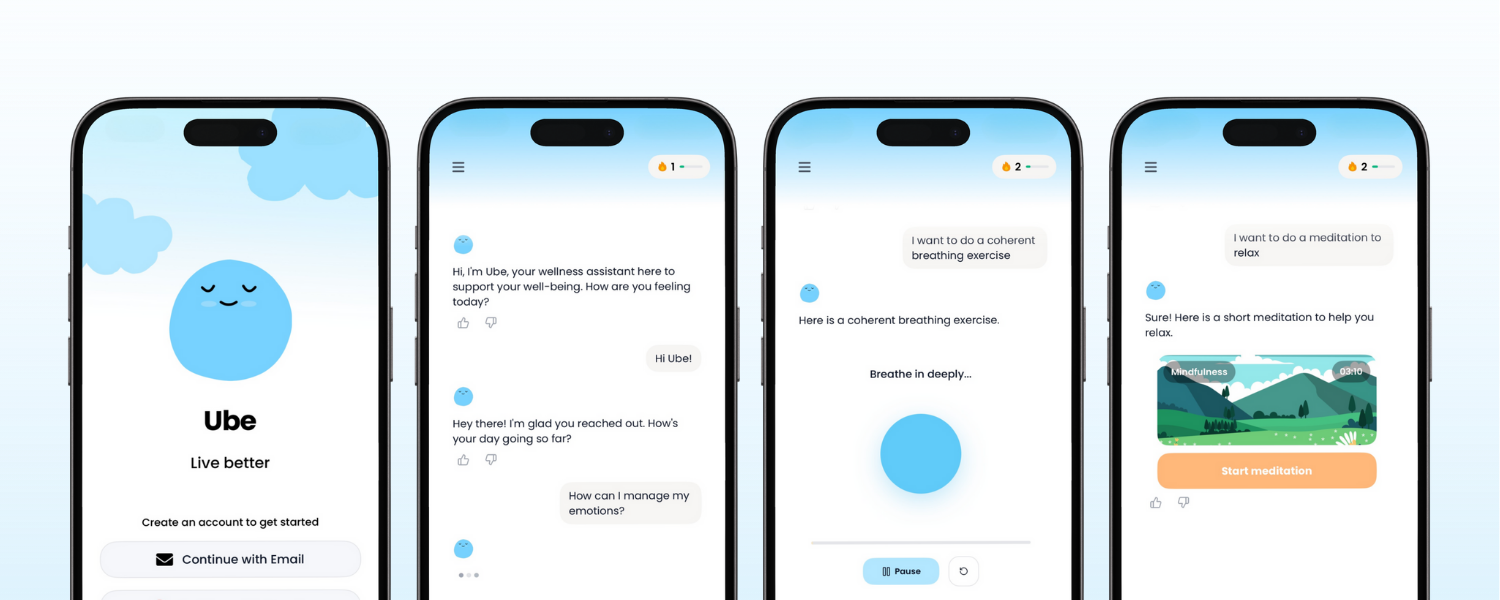A kinder approach to winding down
If you have ever searched for how to relax before bed, you probably found predictable tips that felt too obvious when your mind was racing. Sleep is not a prize you win by trying harder. It is a biological process that responds to consistent cues, gentle timing, and calm environments. This guide pulls together what actually helps under real-life stress. You will learn how to coax your nervous system into rest-and-digest mode, how to design evenings that support your circadian rhythm, and how to offload mental noise without spiraling. The aim is not perfection, it is repeatable calm, even on messy days. Think of this as a set of levers you can pull, not a rigid routine. Use the ones that fit, then add the rest as your evenings stabilize, and let your sleep pressure do the quiet work it is built to do.

Calm the body to quiet the brain
Your brain listens closely to your body, which is why physical downshifts often work faster than thoughts. Start with slow breathing that lengthens the exhale, such as 4-in, 6-out, for five minutes. This nudges the vagus nerve and lowers sympathetic arousal. Add a brief body scan from toes to scalp, and invite each area to soften by just one notch. If tension is stubborn, do a minute of progressive muscle relaxation to reset baseline tone: gently contract a muscle group for 5 seconds, release for 10, and notice the difference. Light stretching of hips, calves, and upper back reduces micro-aches that keep you fidgeting. If you feel wired, a warm shower followed by a cool bedroom helps your core temperature drift downward, which the brain reads as a sleep signal. Keep it simple, keep it repeatable, and let your physiology carry the weight.
Shape your evening so sleep arrives on schedule
Your body loves rhythms, so create predictable anchors in the 2 hours before bed. Dim lights, switch to warmer bulbs, and give screens a curfew so blue light does not suppress melatonin. Evidence-based sleep hygiene basics still matter, and the CDC summarizes them clearly: consistent sleep-wake times, a quiet dark room, and limiting caffeine and alcohol late in the day. If you drink coffee, set a firm cutoff time at least eight hours before bed. Pair a small ritual with lights-out, like herbal tea or a few pages of easy reading, to condition automatic calm. If you are hungry, a light carb-protein snack can steady blood sugar and reduce 3 a.m. wake-ups. Aim to land in bed feeling 70 percent sleepy, not 100 percent exhausted. That target keeps you engaged with the routine without tipping into overtired restlessness.
Clear mental clutter before the lights go out
Racing thoughts often reflect unclosed loops. Ten minutes of evening journaling is usually enough to list tomorrow’s tasks, capture worries, and write a single next step for each item. This gives your brain permission to stand down. If a fear is sticky, rewrite it in one sentence, then add a realistic, compassionate response to create cognitive distance. Many people benefit from a time-limited worry window earlier in the evening, so the bed is reserved for winding down. If you have persistent insomnia, stimulus control from CBT-I suggests you only use the bed for sleep and intimacy, get up if you cannot sleep after about 20 minutes, and return when drowsy. The NHS overview of insomnia outlines these principles well. Keep a short anchor thought ready, like a soothing memory or a simple mantra, to redirect attention without effort.
Design a bedroom that tells your senses to rest
Your room should make sleep the easiest choice. Aim for cool air in the 60 to 67 F range, which supports natural temperature drops. Darken the space with blackout curtains or a soft eye mask to reduce micro-arousals from light. Use consistent sound, like a fan or white noise, to mask sudden changes that trigger startle responses. Choose bedding that feels breathable and clean, and pick one scent, such as lavender or cedar, that you only use at night so it becomes a conditioned cue. Keep the floor and surfaces clear enough that the room reads as done, not as a to-do list. Park your phone across the room, and if you use a sleep app, set it and forget it. The goal is fewer decisions, fewer inputs, and a space that quietly says, You can let go now.
What if you still cannot switch off?
Sometimes you do everything right and your brain keeps chattering. That is normal, especially during stressful seasons or hormonal shifts. Treat wakefulness as neutral drift, not a threat. Get up, keep lights low, and do something mildly pleasant like listening to a calm podcast or folding laundry until sleepiness returns. If anxiety spikes, hold an ice cube or run cool water over your wrists for 30 seconds to give your nervous system a clean sensory signal. Remember that sleep debt recovers across several nights, so one rough bedtime is not a crisis. Consistency over drama is your advantage, and a compassionate tone is your fastest path back to physiological safety.
A gentle close
Learning how to relax before bed is less about hacks and more about reducing friction so your biology can do its job. Build two or three small cues you can repeat on even your busiest nights, and expect them to work gradually, not instantly. If you want company while you unwind, consider a brief check-in with a supportive tool that encourages slow breathing, kind self-talk, and structured reflection. Many people find that a 5-minute wind down is enough to tip the scales. Keep showing up for your future self, one calm evening at a time, and let sleep meet you halfway.
